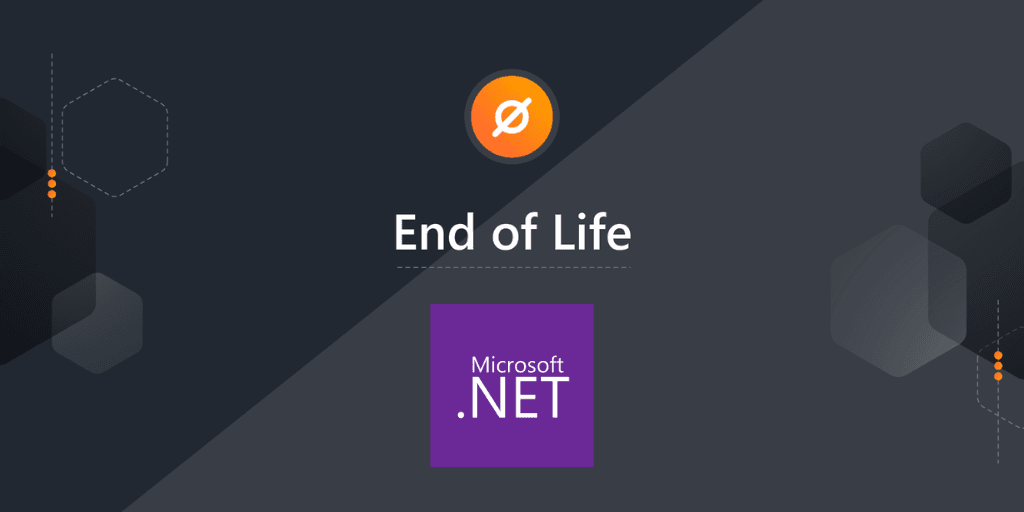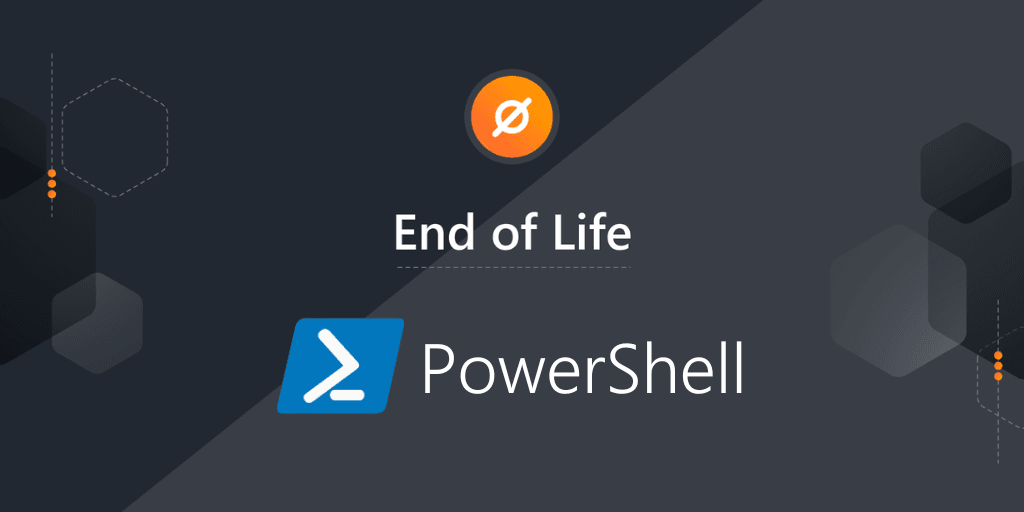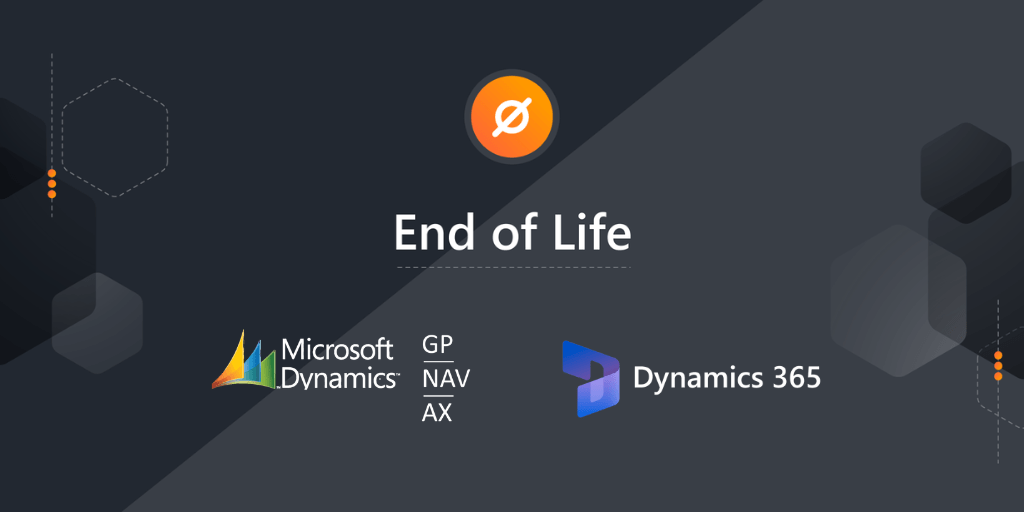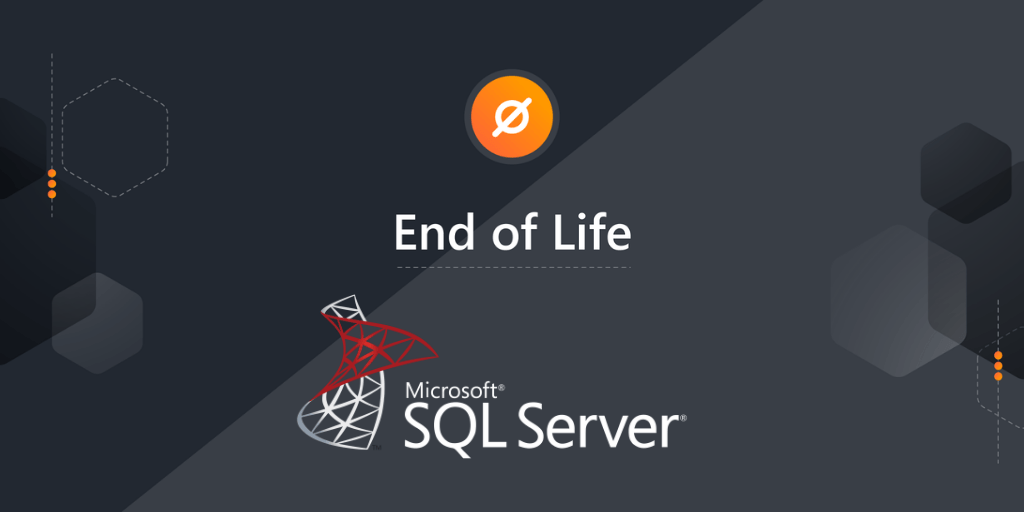
SQL Server and SQL Server Compact is Microsoft’s relational database management system (RDMS) application. As its name suggests, it is used to manage the databases you use for your business. And soon, SQL Server 2014 will go End of Life. But no worries because we got you covered with this guide.
⚡ TL;DR | Go Straight to the SQL Server End of Life Audit
Microsoft outlines the end-of-life dates for all of their products to make customers aware of when they will cease support for specific products. SQL Server is no exception to this. Each version of SQL Server usually has both an end of support date and an end of extended support date.
Why should I care?
At the end of mainstream support, Microsoft will no longer provide non-security hotfixes unless you have an extended support agreement. All warranty claims end and they will no longer accept feature and change requests.
Once a product reaches its ‘Extended Support End Date’ there will be no patches, security updates or support from Microsoft. Without upgrading to a supported version of SQL server, organizations are at significantly more risk due to future vulnerabilities remaining unpatched. They might also break data protection and security compliance which dictates that technologies used must be supported. Lastly, it can cause compatibility, reliability and performance issues as newer technologies will rely on modern SQL server features to function.
32% of SQL Server Installations Are No Longer Supported
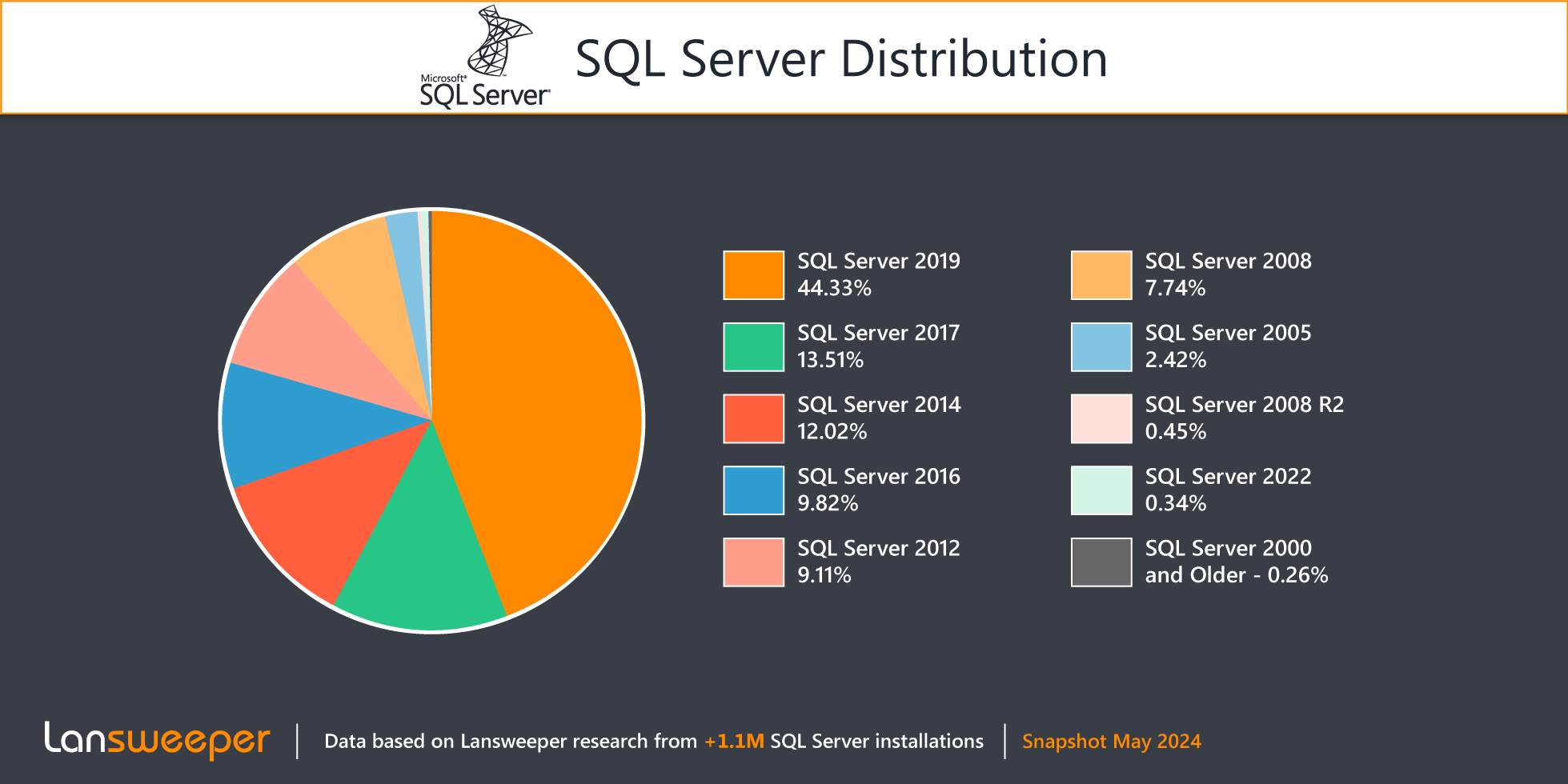
We recently took a closer look at over 1.1 million SQL servers installations. In total 32% are using an SQL server which has reached its extended end-of-life. However, there are options to continue using some of the older SQL Server versions by purchasing Extended Security Updates (ESU).
Over the last two years we’ve seen a rapid shift to SQL Server 2019 which now has a significant lead at 44.33% being the most popular SQL Server version by far. Previously, SQL Server 2014 was leading the charts in popularity, but with the extended supported ending on July 9, the migrations is going fast.
Even with a fast migration, SQL server 2014 still remains at 12%, a not so insignificant number if installations that are at risk of no longer receiveing security updates if organizations are not aware of the SQL Server 2014 lifecycle and do not migrate or purchase the ESU.
Without upgrading to a supported version of SQL server, organizations risk additional exposure to cyberattacks, losing compliance with data protection and security compliance and losing productivity, compatibility and reliability.
SQL Server 2014 End of Life
SQL Server 2014 will reach its extended end-of-life on July 9, 2024. After just over 10 years, the only available supported way to use SQL server 2014 in the future is by purchasing an Extended Security Updates (ESU) subscription which can add an additional 3 years of support. This means that it is possible to extend support to 2027 if you’re willing to pay.
According to our data, 12% of SQL servers are still running SQL server 2014 and will either require the ESU subscription or will need to upgrade to a newer supported version of SQL server.
SQL Server 2012 End of Life
SQL Server 2012 will officially go end-of-life on July 12, 2022, after being supported for over 10 years. While it is recommended to migrate your databases to a newer SQL Server version, it is possible to remain on SQL Server 2012 as long as you purchase the Extended Security Update package. This package lets you buy up to 3 additional years of support in case your organization isn’t prepared yet for a migration.
SQL Server 2008 and 2008 R2 End of Life
SQL Server 2008 and SQL Server 2008 R2 reached their end of support on July 9, 2019, while Windows Server 2008 and Windows Server 2008 R2 reached their deadline together with Windows 7 on January 14, 2020. If you’re still using these SQL Server versions, there are Extended Security Update packages available that can extend the end-of-life to July 12, 2022. If you want to use it for an additional year, your only option is to use the Azure version which is the only version that gets a 4th extended security update year.
The Microsoft Lifecycle Policy offered a total of 10 years of support (5 years Mainstream Support and 5 years Extended Support) for the 2008 and 2008 R2 versions of SQL Server and Windows Server.
Run the SQL Server End of Life Audit Report
Our SQL Server End of Life Audit provides an overview of all the SQL Server installations in your network along with an indication of whether they have surpassed their extended support date.
After the extended support date has passed, your SQL Servers might no longer be secure as they will not receive security updates. It’s highly recommended that if you have SQL servers that reached or surpassed their end-of-life date, you update them as soon as possible.

Want to run this Audit Report?
Start your Free Lansweeper Trial to run the Audit Report.
Try for FreeSQL Server Compact End of Life
SQL Server Compact 4.0 goes end of life on July 13, 2021. What does this mean for you? Well, there will be no more security updates or patches and technical support. That’s why we at Lansweeper made a custom SQL Server Compact EOL report to help you audit your network to detect outdated installations.
What are my options?
Simply put:
- Pay for Extended Security Updates
- Update to a more recent version of SQL Server
- Migrate to Microsoft Azure
Extended Security Updates
The easiest thing to do if your organization has missed an EOL deadline is purchasing Extended Security Updates from Microsoft. These security updates include critical and important security updates, but no new features, or customer-requested non-security updates. Additionally, purchasing extended support is a very costly, very temporary solution.
This is an option that is available to clients using SQL Server or Windows Server with an active license, although it’s merely postponing troubles.
Upgrade to SQL Server 2019
Another path forward is to simply upgrade to more recent versions of these products: SQL Server 2019. By upgrading your installations, you’ll have access to updates for multiple years.
Migrate to Azure
The main recommendation is migrating the on-premise Microsoft SQL workloads into the Microsoft Azure cloud. Through upgrading legacy on-premise database technology, businesses consolidate their environment and optimize performance, recovery, and provisioning.
The cloud is evergreen and allows you to scale up or down as required, paying only for what you consume. Exchange Online, as part of Office 365 or Azure SQL Database, are great examples of Microsoft’s modern approach to mainstream server applications.
Microsoft states that with a minor change within the code, you can host SQL Server 2008 or SQL Server 2008 R2 to an Azure SQL database.
SQL Server EOL Overview
| Version | EOL Date | Extended security update option? |
| Microsoft SQL Server 2005 | Apr 12, 2016 | No |
| Microsoft SQL Server 2008 | Jul 9, 2019 | Jul 12, 2022 Jul 11, 2023 (Azure only) |
| Microsoft SQL Server 2008 R2 | Jul 9, 2019 | Jul 12, 2022 Jul 11, 2023 (Azure only) |
| Microsoft SQL Server 2012 | Jul 12, 2022 | Jul 8, 2025 |
| SQL Server 2014 | Jul 9, 2024 | No |
| SQL Server 2016 | Jul 14, 2026 | No |
| SQL Server 2017 | Oct 12, 2027 | No |
| SQL Server 2019 | Jan 8, 2030 | No |
| SQL Server 2022 | Jan 11, 2033 | No |
